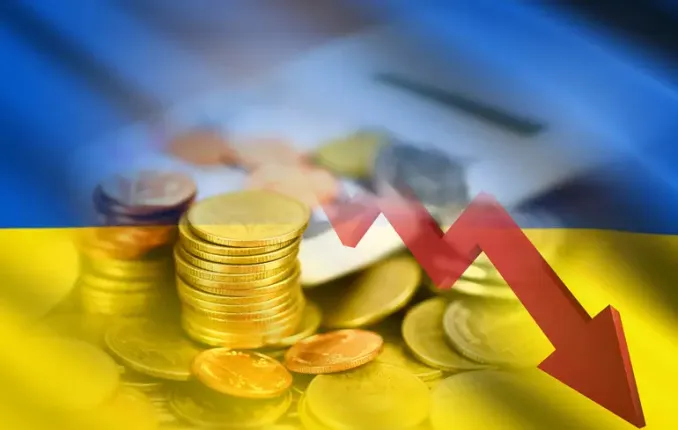Economy at a Crossroads: Urgent Need for Structural Reforms to Stabilize and Rebuild

Ukraine finds itself at a critical juncture of its economic stability. Following a severe recession in 2022, with a decline in GDP of 28.8%, the country is gradually working toward recovery. In 2023, the growth of real GDP reached 5.5%, but in 2024-2025, growth has slowed significantly to 2.9% and only 1% in early 2025. The main obstacles hindering economic revival include ongoing hostilities, destruction of infrastructure, labor shortages caused by massive emigration and mobilization, limited access to credit, damaged energy systems, and logistical challenges for exports and domestic transportation. Over the years of war, more than 7 million citizens have left Ukraine, and employment in the industrial sector has dropped by 20%, equivalent to 2 million jobs lost. Expert analyses estimate the total economic damage inflicted by the conflict at approximately $176 billion. Investment levels are alarmingly low — only 5-6% of GDP, which is twice below pre-war figures. These factors explain why, in 2025, Ukraine’s real GDP has shrunk by more than 22% compared to 2021. Temporary easing of economic pressures in 2024-2025 has been driven by fiscal stimuli supported by external aid and a slight revival of domestic demand, notably through the Black Sea transport corridor. Over the past year, the budget deficit reached 24% of GDP, with external assistance exceeding $18 billion in the first five months of 2025. Retail trade turnover has grown by 5.1%, indicating some recovery of private consumption, although per capita consumption remains below pre-war levels. Analysis shows that the primary drivers of GDP growth during 2022–2024 were government consumption and investments, which increased by 37% and 75.1% respectively against 2021 levels. However, the private sector experienced severe declines: private investments fell to 65% of 2021 levels by the end of 2024, and private consumption decreased by 19.4%. Export volumes of goods and services have fallen by 40% compared to the pre-war period, while imports, in contrast, declined by only 3%, indicating ongoing imbalance. Fundamental sectors such as energy, mining, construction, and manufacturing remain under significant strain. Electricity generation decreased by 34.9%, mineral extraction by 31.2%, civilian construction by over 50%, and transportation by 28.6%. These sectors continue to operate below pre-war levels. Conversely, industries under direct state control—defense, finance, arts, and entertainment—show some growth, with military and strategic sectors leading. External trade balance remains critical, with record-high deficits nearing $40 billion annually, driven by disrupted production capacities and high military needs. Imports have doubled exports, and in early 2025, the trade deficit exceeded $10 billion, excluding aid and reinvested income. Falling global prices for key raw materials—wheat, iron ore, steel—further complicate the export landscape, reducing competitiveness. Ukraine urgently needs investments into modernization and expansion of production capacities, supported by accessible credit, war risk insurance mechanisms, and infrastructure development. Monetary and financial policies require reform—low confidence in the hryvnia, weak investment instruments, and an inefficient banking system hinder economic recovery. Despite challenges, prospects for economic revival exist. A comprehensive strategy involving investment promotion, private sector stimulation, and effective risk management, with support from international partners, can help Ukraine recover and lay a solid foundation for sustainable growth and prosperity.

